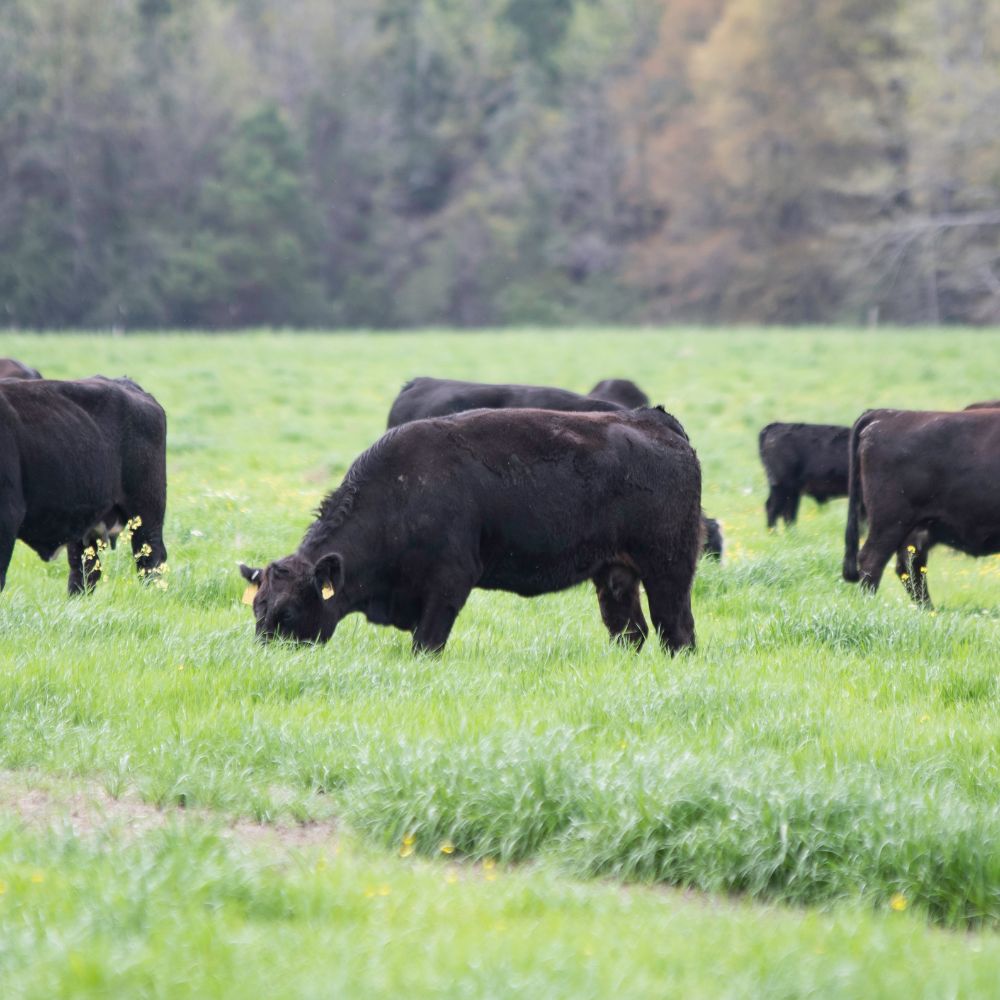Bagley Risk Management - An Overview
Bagley Risk Management - An Overview
Blog Article
Getting My Bagley Risk Management To Work
Table of ContentsSome Of Bagley Risk ManagementThe Only Guide to Bagley Risk ManagementThe Best Strategy To Use For Bagley Risk ManagementWhat Does Bagley Risk Management Mean?Getting The Bagley Risk Management To Work
By doing this, if costs do go down below that break-even factor by the end day, insurance holders are secured versus a loss. This is extremely similar to the means feedlots run, though they use a standard bush. Once a herdsman agreements their cattle with a feedlot, they hedge those livestock to secure the profit point.This will certainly be offset by the enhanced value of the cattle., breeders secure versus a decline in the futures board, yet do not shed out on the greater return when rates go up.
They do this by choosing a lower percent of the predicted ending worth - Livestock risk protection calculator. This is an excellent approach for those seeking reduced costs rates or who have a higher threat resistance due to strong fiscal health. This technique may not secure productivity, but it can secure versus serious market decreases
There is not a whole lot of security or protection on a month-to-month basis, however if there is a severe mishap, producers have the assurance that originates from recognizing they will just be liable for a specific amount expense. Just remember, hope for the finest however get ready for the worst.
Fascination About Bagley Risk Management

The use of LRP as insurance coverage for backgrounded livestock, or cattle on feed, helps minimize that danger by safeguarding the expected worth of the animals. Feeder livestock can be covered to a 900-pound anticipated end weight and fed cattle can be concealed to a 1,400-pound end weight. With numerous weight courses to select from, it is feasible to cover animals via the barnyard to the packer rail.
Applications can take several days to process and merely filling up one out does not secure the applicant right into a plan. When the application is approved and prepared, the LRP endorsement, with its end date and projected ending worth, can be secured rapidly. This allows breeders to cover calf bones when the price is best for their market threat administration objectives.
Picture Courtesy USDA-NRCS Costs for calf bones, feeder cattle and finished cattle have actually set some new documents this fall and early winter season. A combination of scenarios has actually precipitated these historic prices. There is presently a lot of mindful optimism for cow-calf manufacturers as they consider the future.
The Ultimate Guide To Bagley Risk Management

There are some benefits to manufacturers in utilizing LRP insurance as contrasted to a typical feeder cattle agreement or purchase of an alternative - Livestock risk protection calculator. One is the versatility in the variety of livestock that can be insured. There is no lower restriction to the number of livestock that can be guaranteed
There is no obligation to market livestock on which you have purchased LRP Feeder Cattle coverage. You might choose to maintain ownership and still be qualified for the indemnity should the Actual End Value drop below your Protection Rate. You may market livestock covered by LRP at any time, supplied the transfer of possession does not occur even more than 60 days prior to the LRP Agreement End Day.
If cattle perish and your Ag, Risk Expert is notified within 72 hours of you discovering of the fatality, the coverage stays effectively, and the manufacturer is qualified for indemnities as a result of price loss, even on those animals which perished. Yes! Calf bones can currently be covered prior to hooves struck the ground.
Get This Report about Bagley Risk Management

Applications make certain novice clients can be pre-approved to write an LRP policy It is free! Step 2) Lock in a Special Coverage Endorsement (SCE) when you discover a quote that meets your objectives (Livestock insurance). With each other, we'll safeguard your financial investment.
With the perpetual variation and changability of the market, Livestock Danger Defense (LRP) is something all livestock manufacturers should think about. The key purpose of LRP is to safeguard versus the unanticipated downward price activity in the industry by establishing a base on any provided date and kind of livestock you wish to insure.
Bagley Risk Management - An Overview
There are a variety of insurance coverage degree choices varying from 70 to one hundred percent of the anticipated ending value (https://www.provenexpert.com/bagley-risk-management/?mode=preview). At the end of the picked insurance duration, if the real ending value is below the insurance coverage price, you will certainly be paid an indemnity for the distinction in rate. Manufacturer anticipates to market 1,000 head of 11cwt livestock and chooses protection of $66
As of 2020, LRP (Cattle) is now offered in all states when the market is offered. 1. Feeder Livestock with finishing weights under 600lbs or 600lbs-900lbs, and 2. Fed Cattle with ending weights between 1,000lbs-1,400 lbs that will be marketed for slaughter near completion of the insurance coverage duration. whereas animals insurance policy does.
Report this page